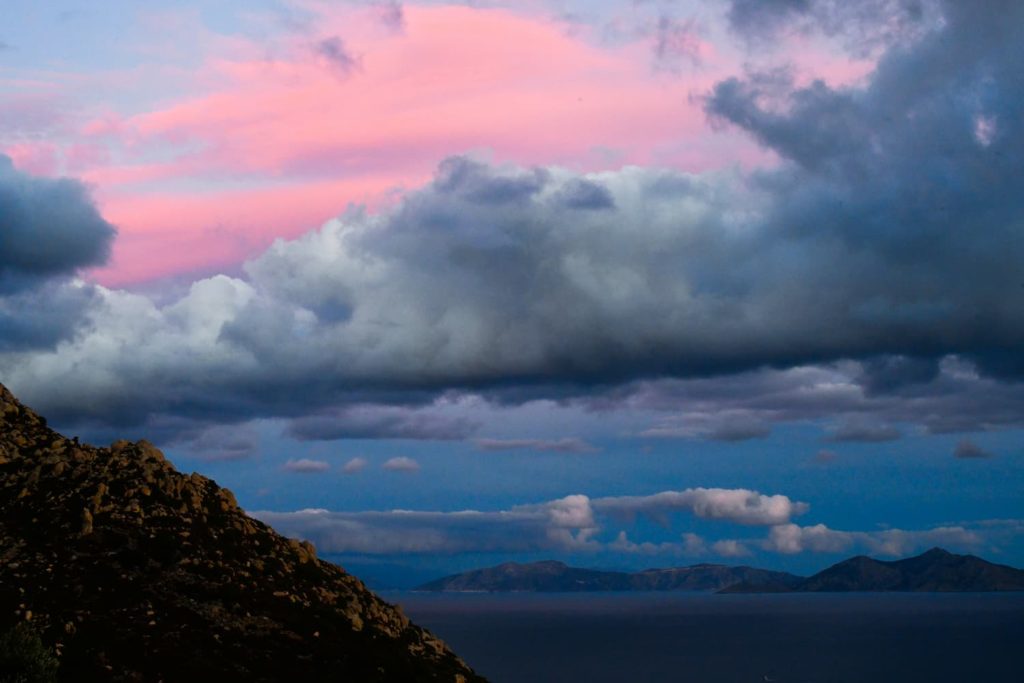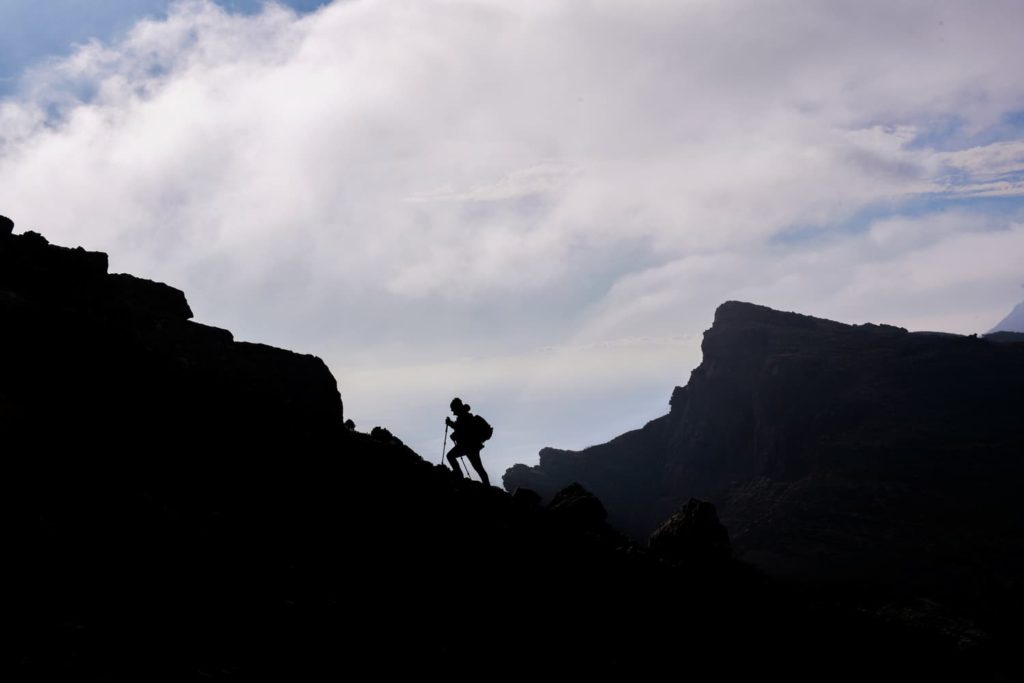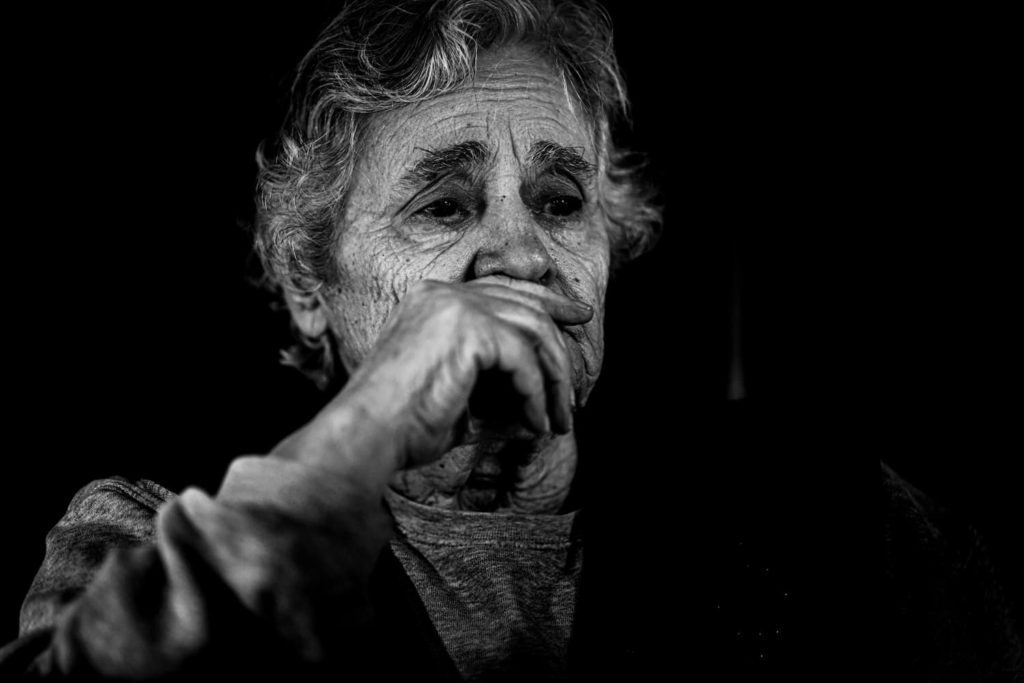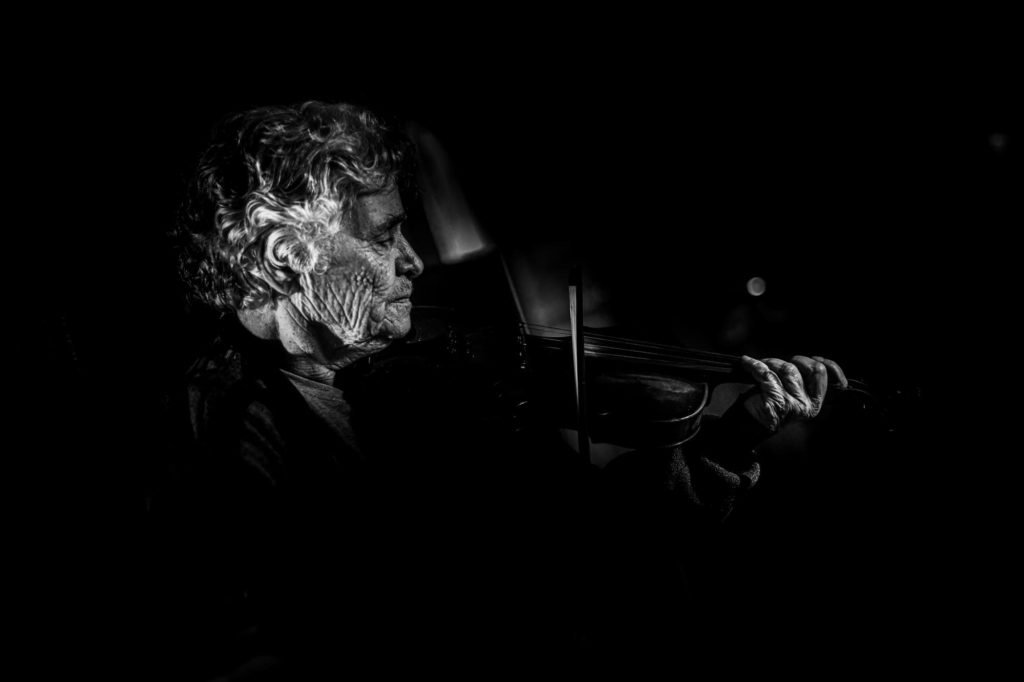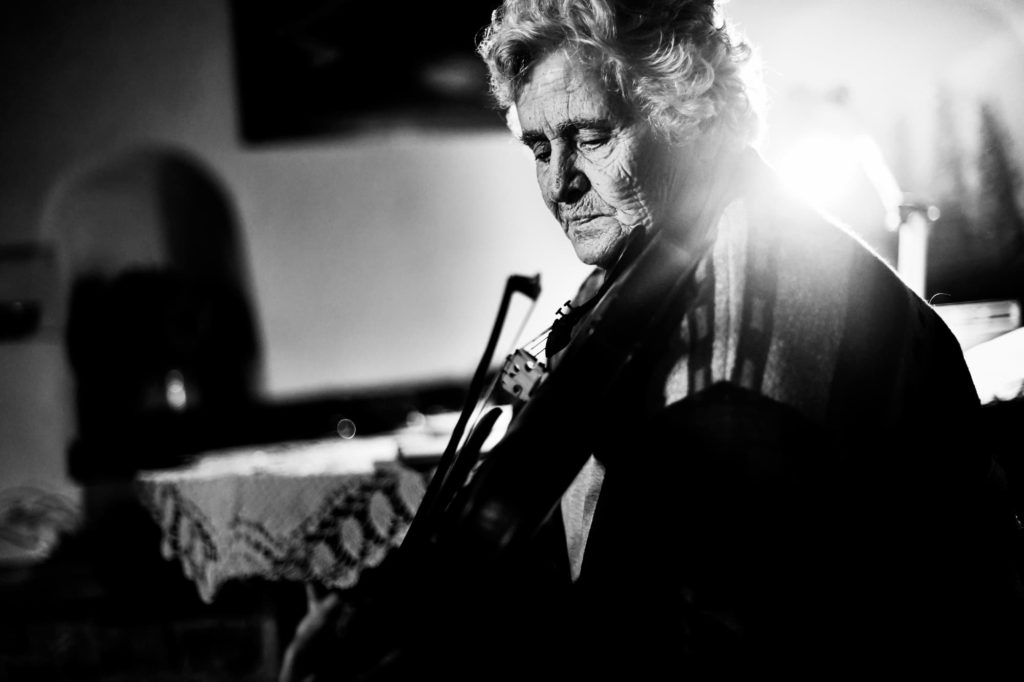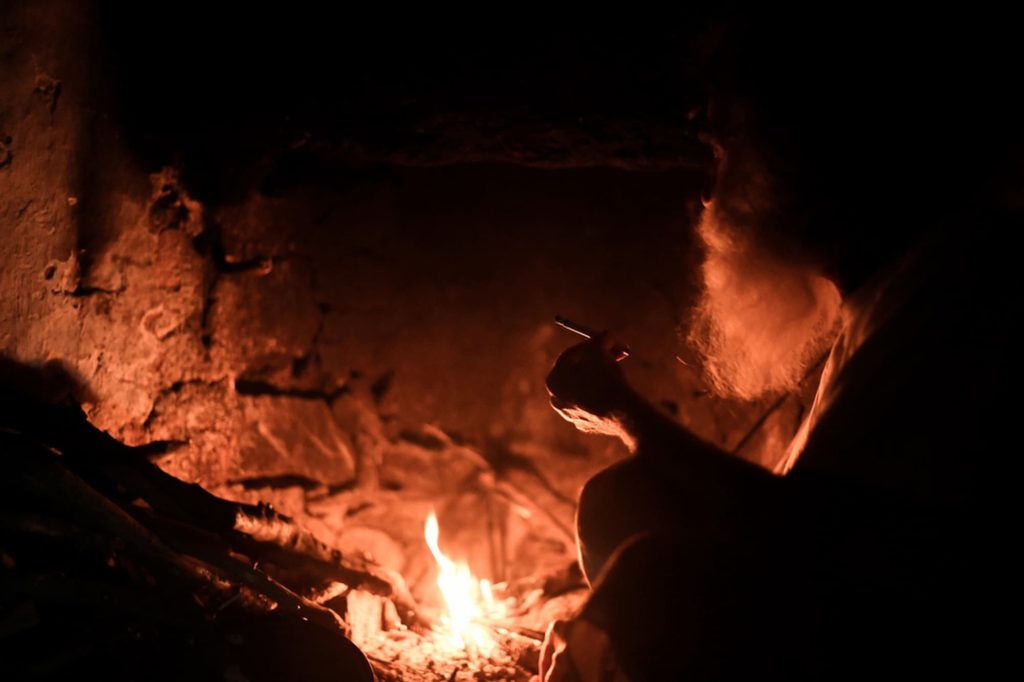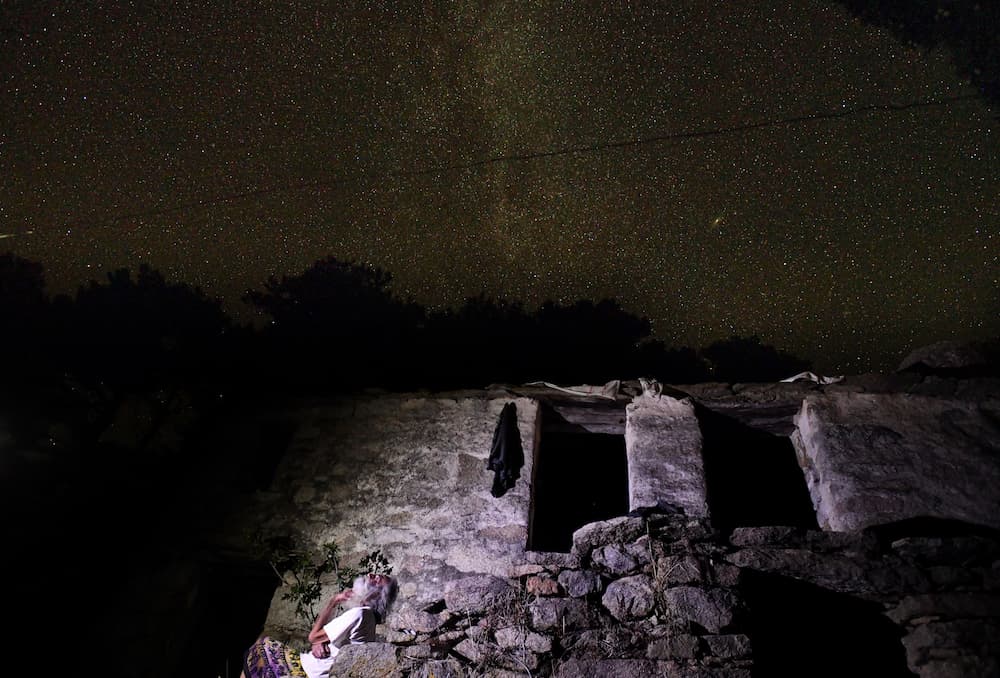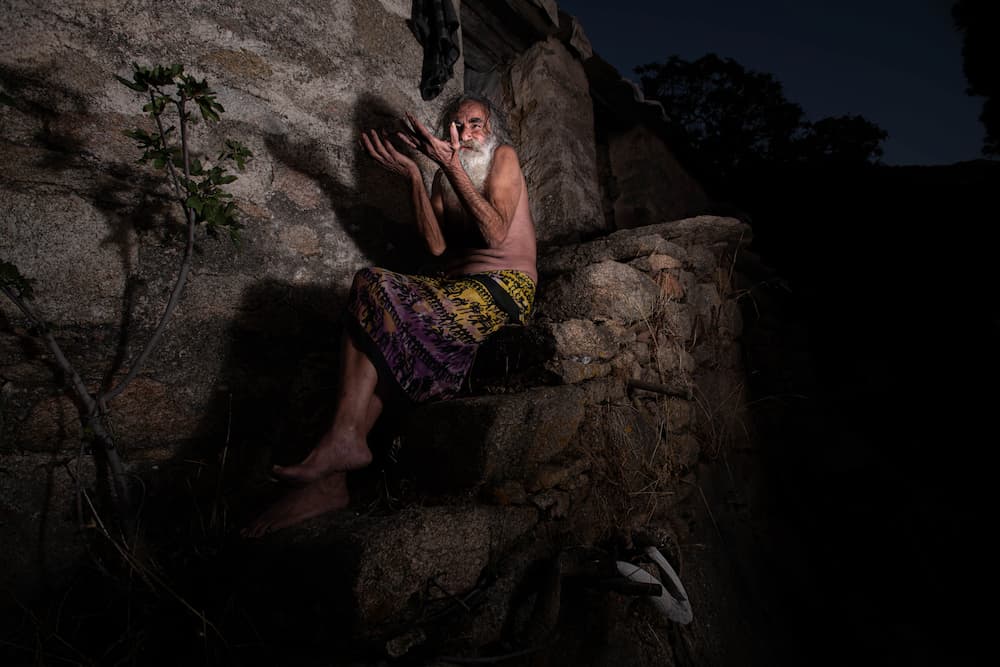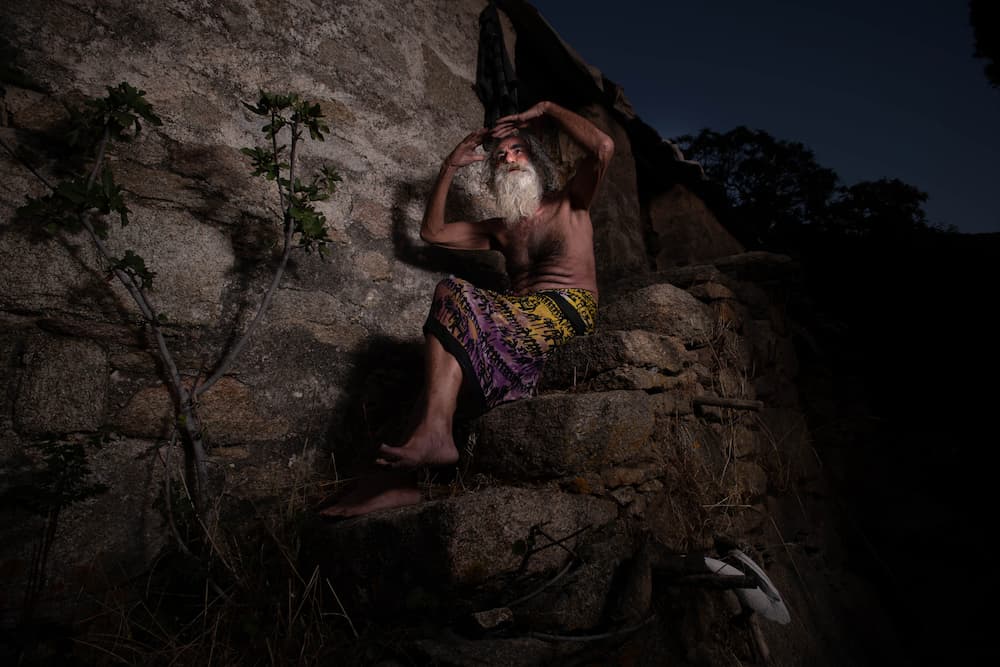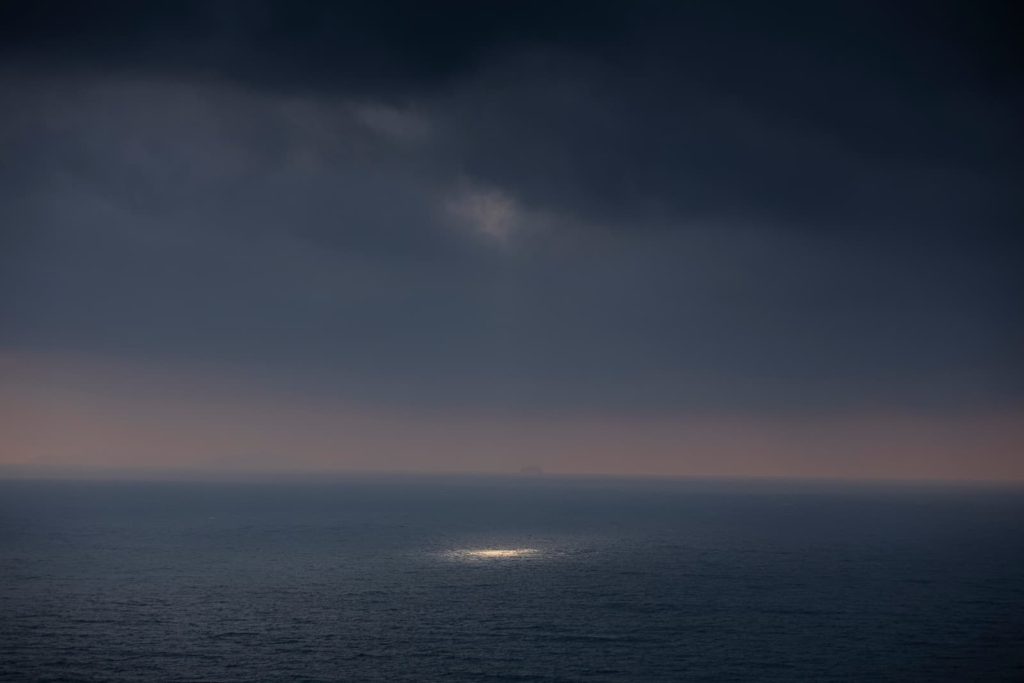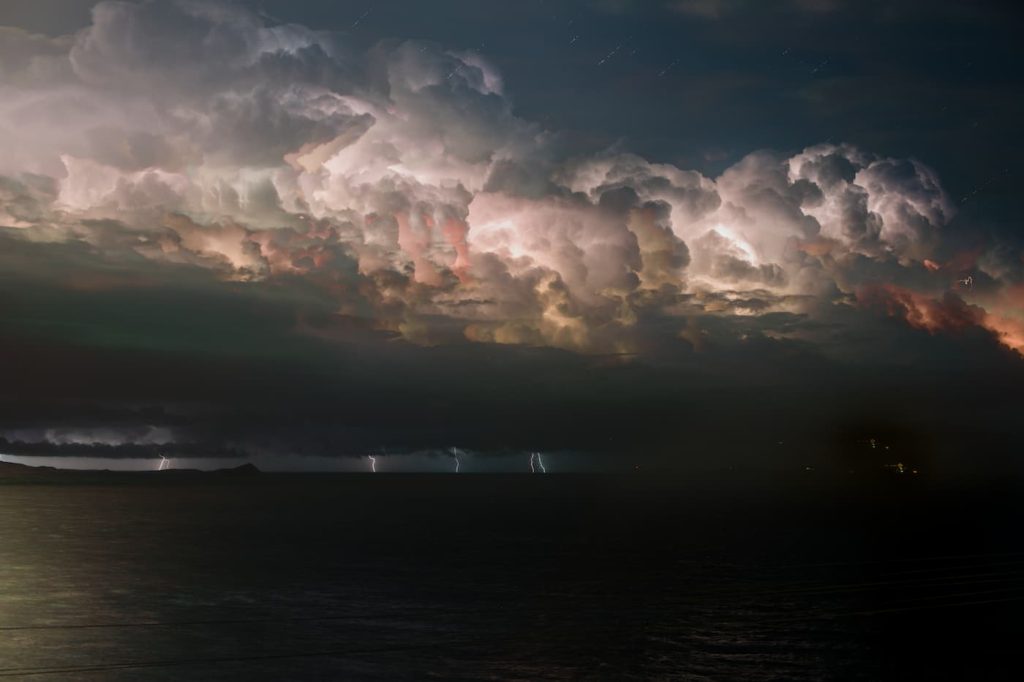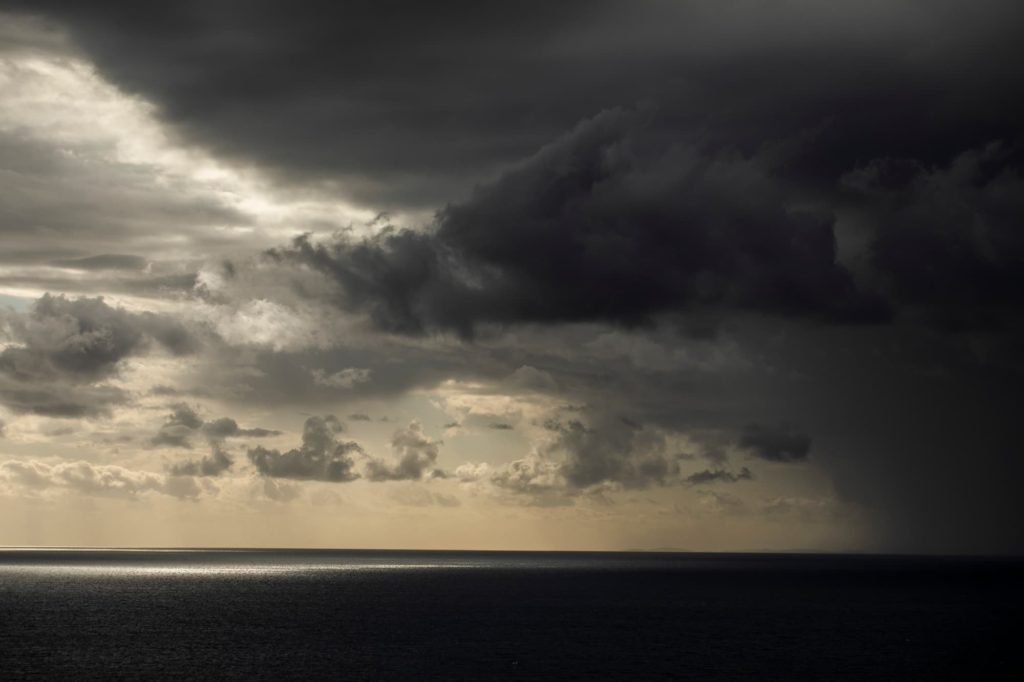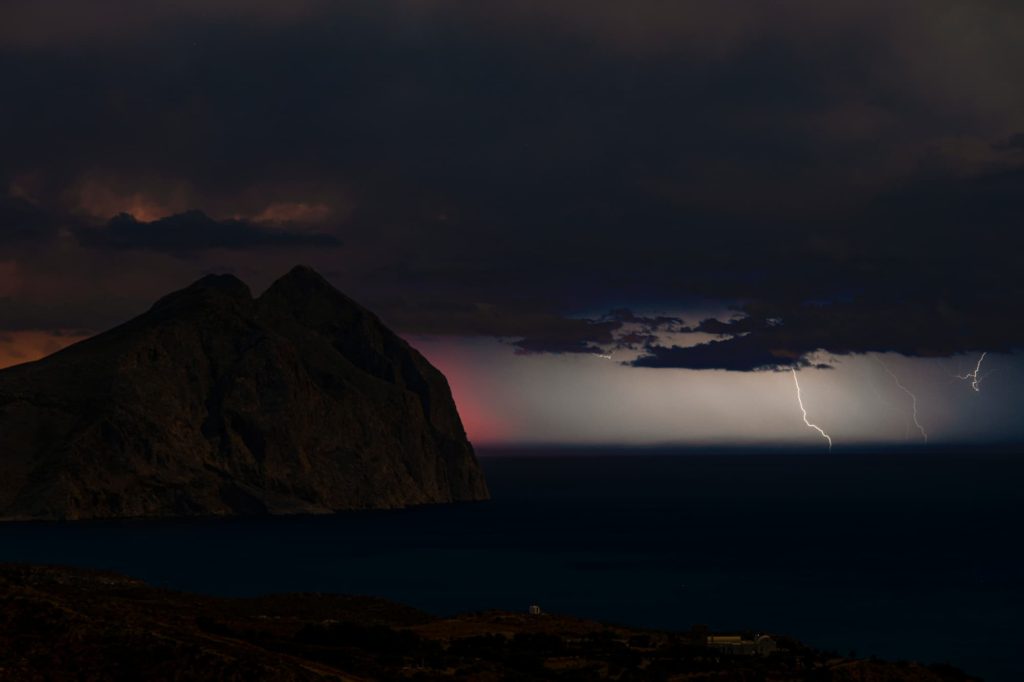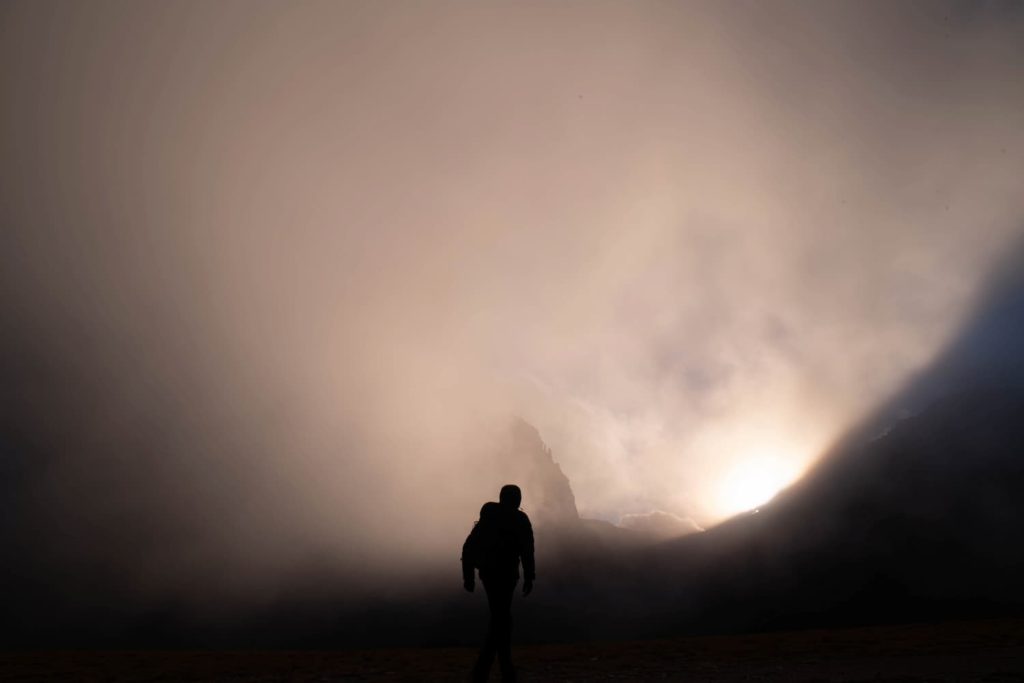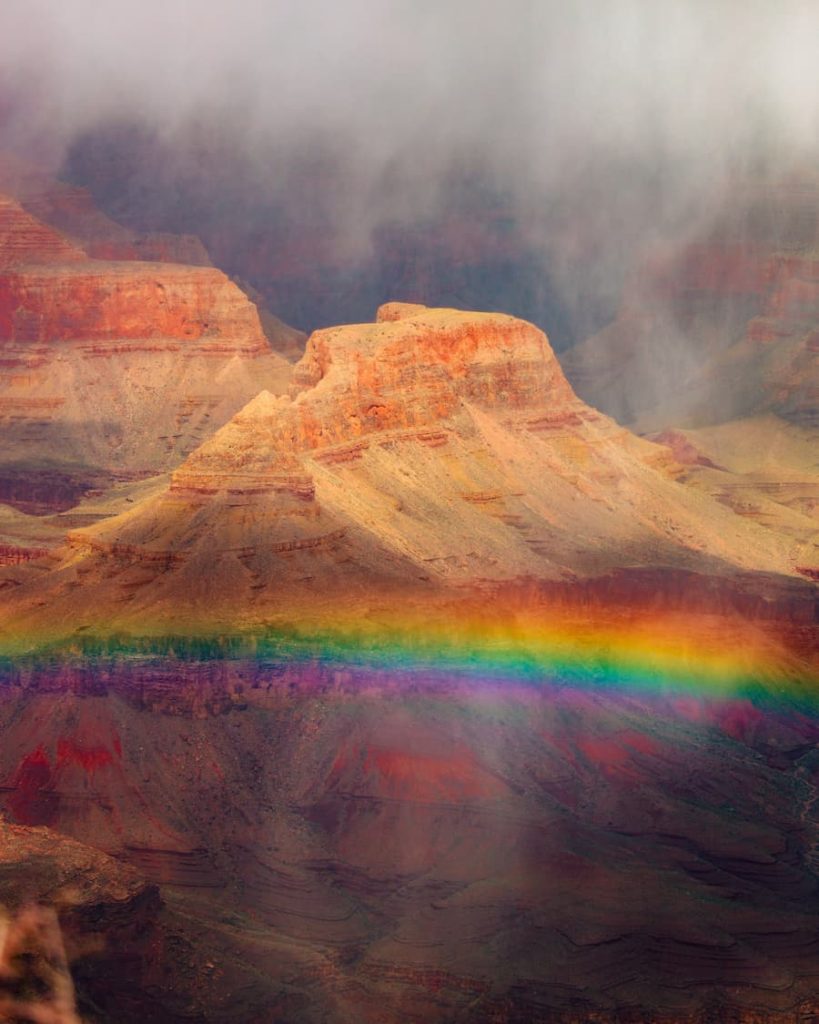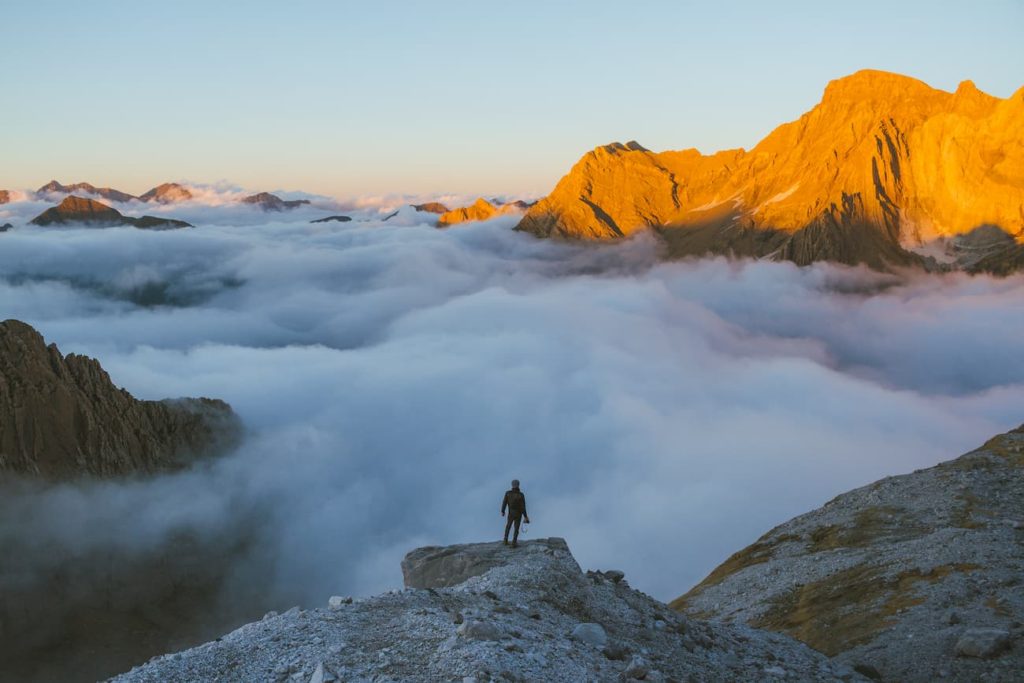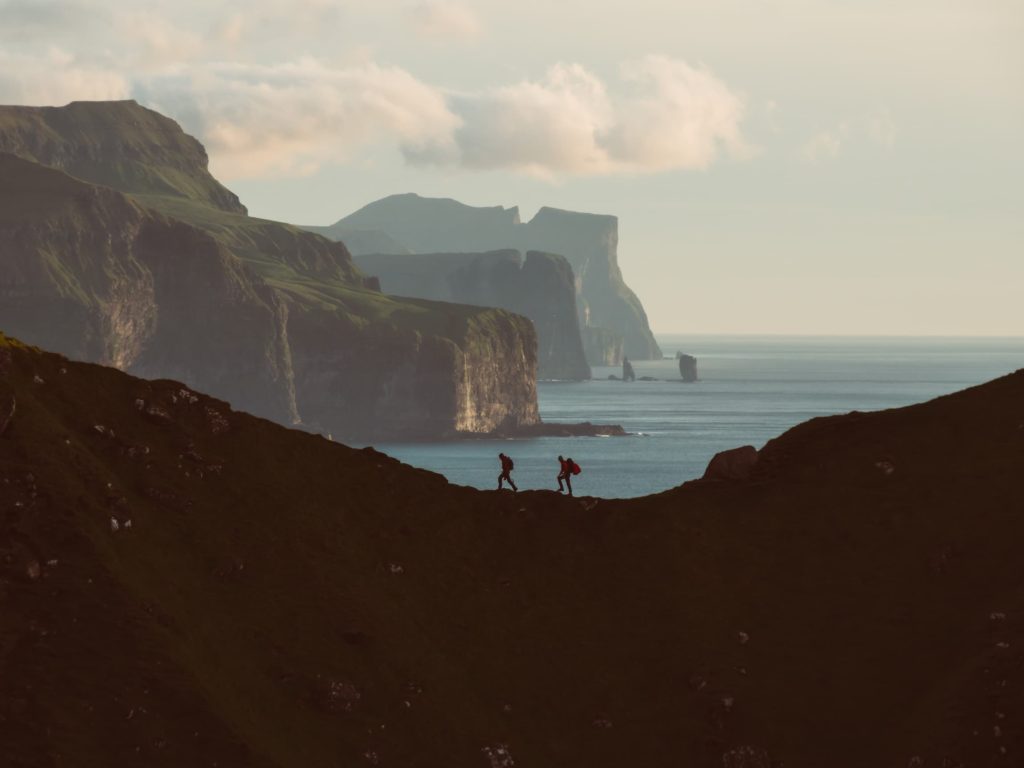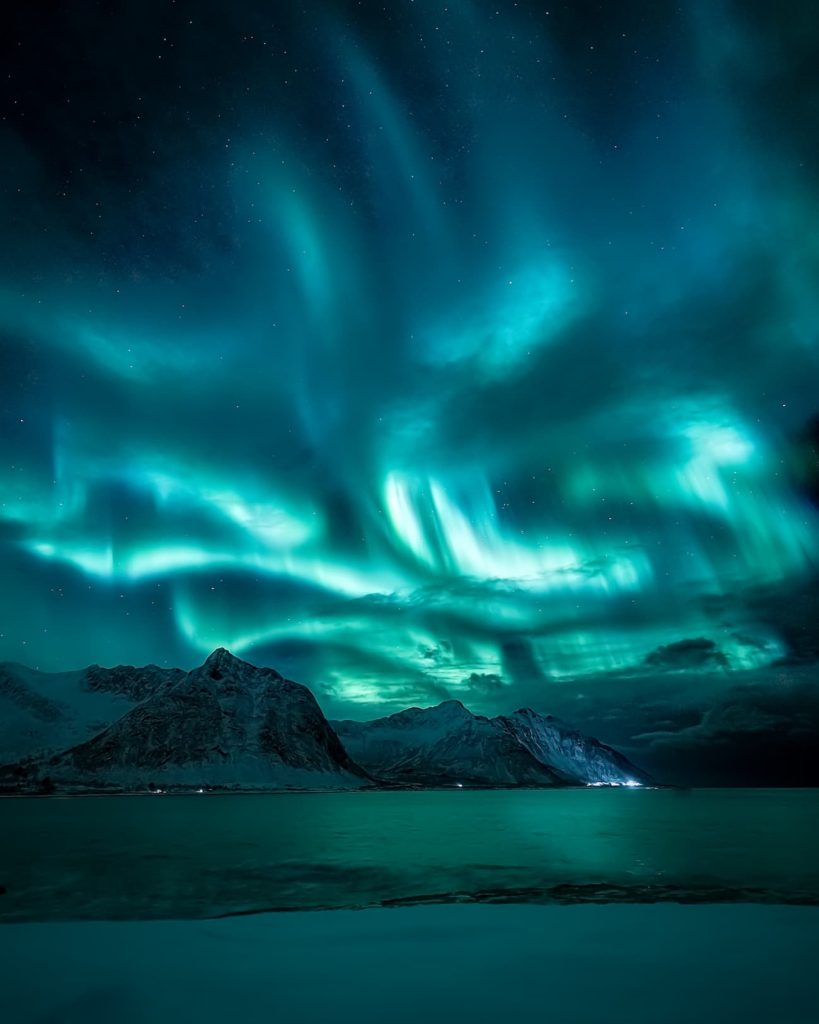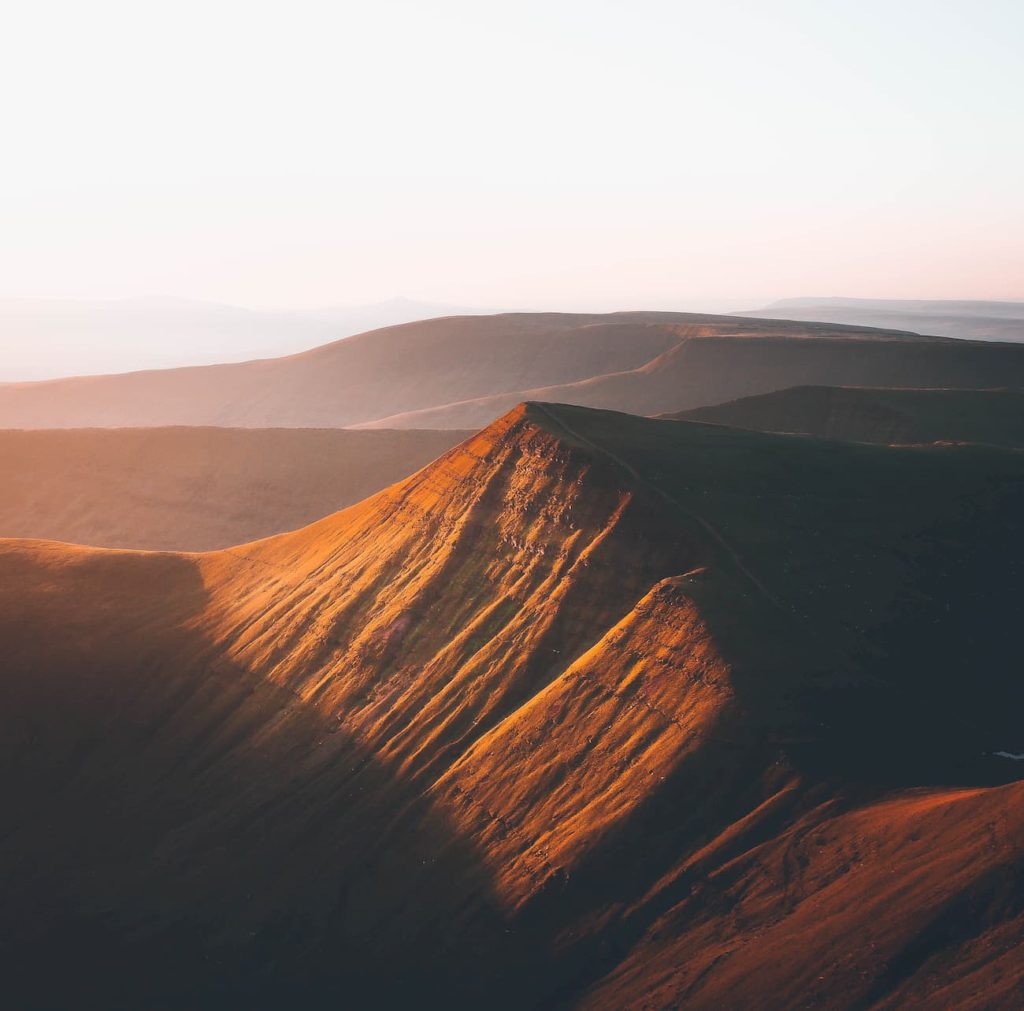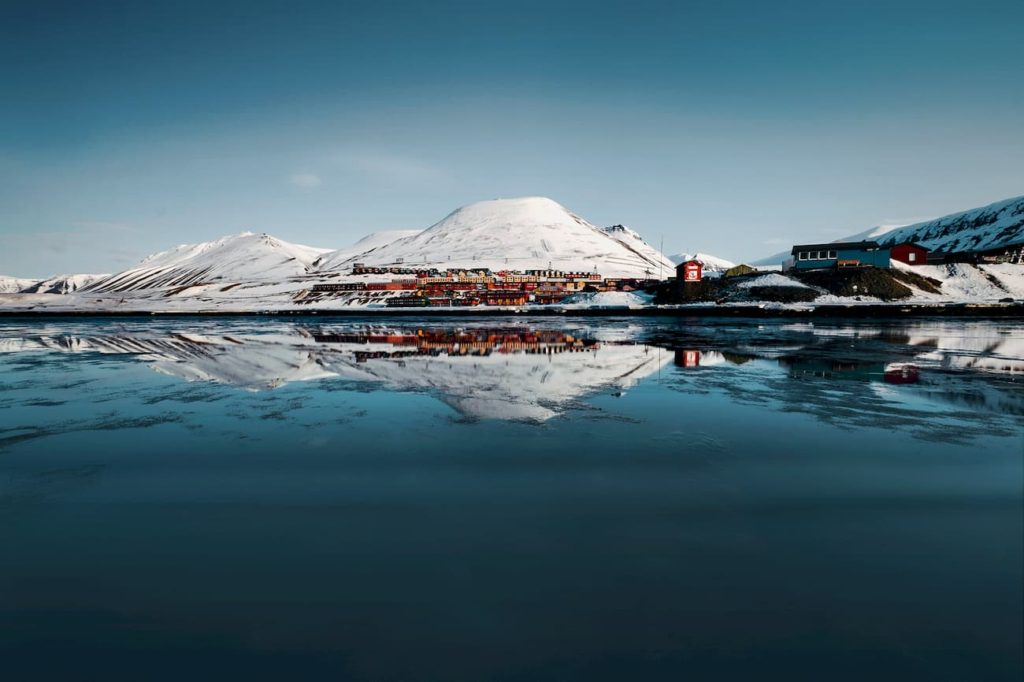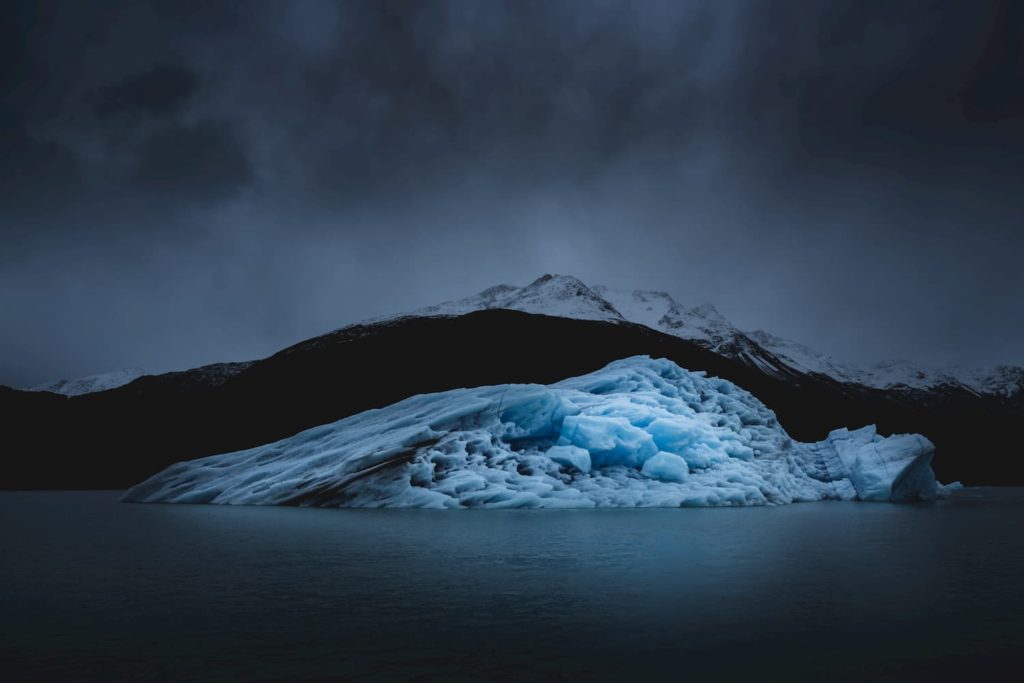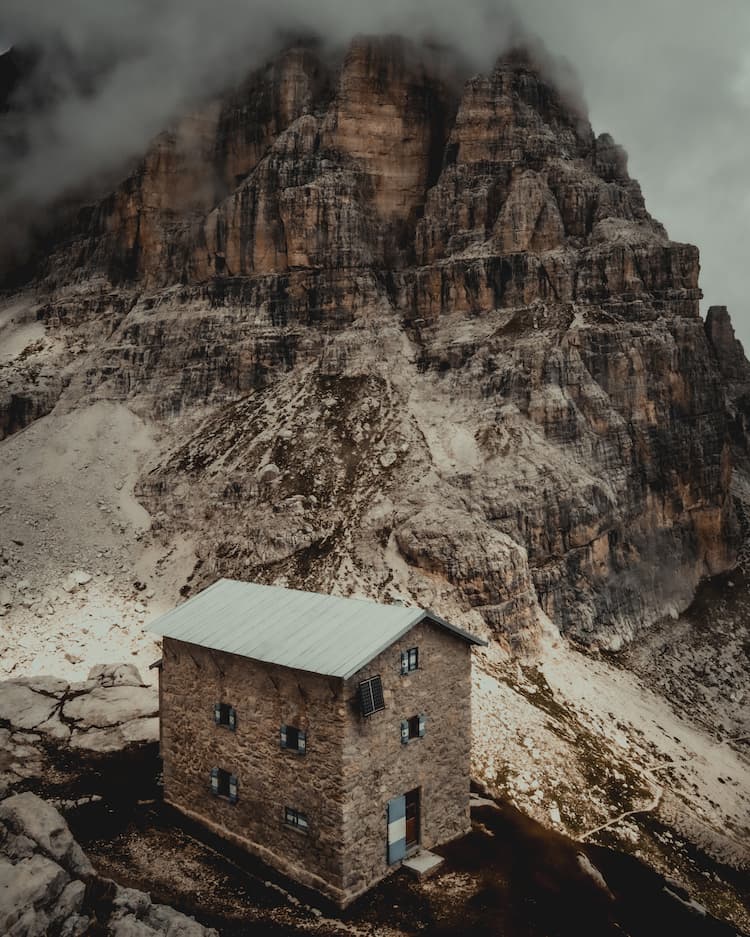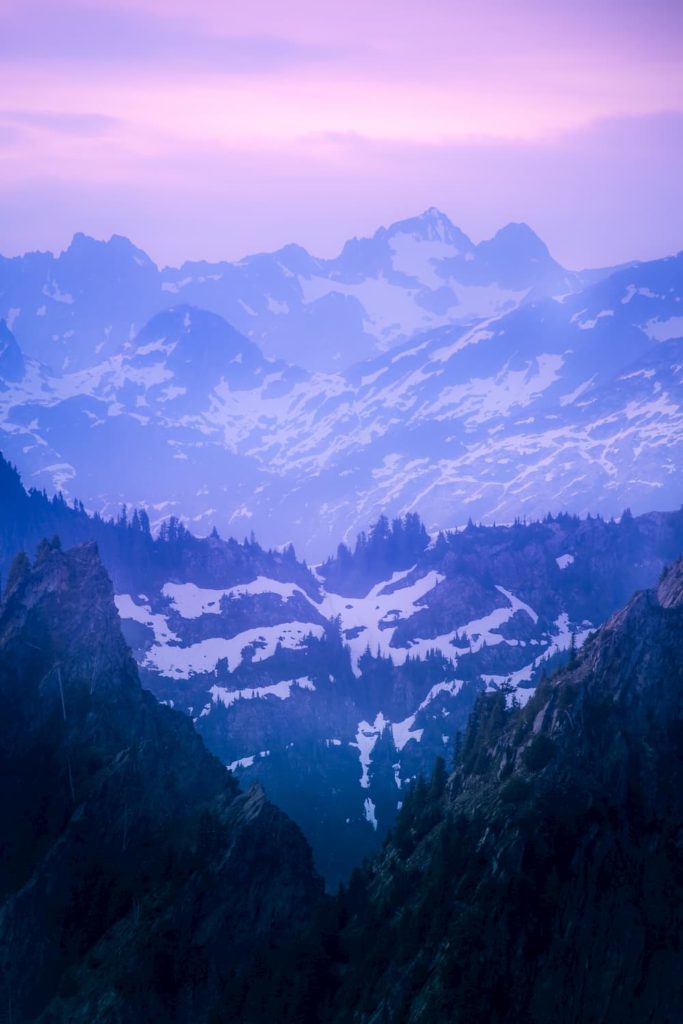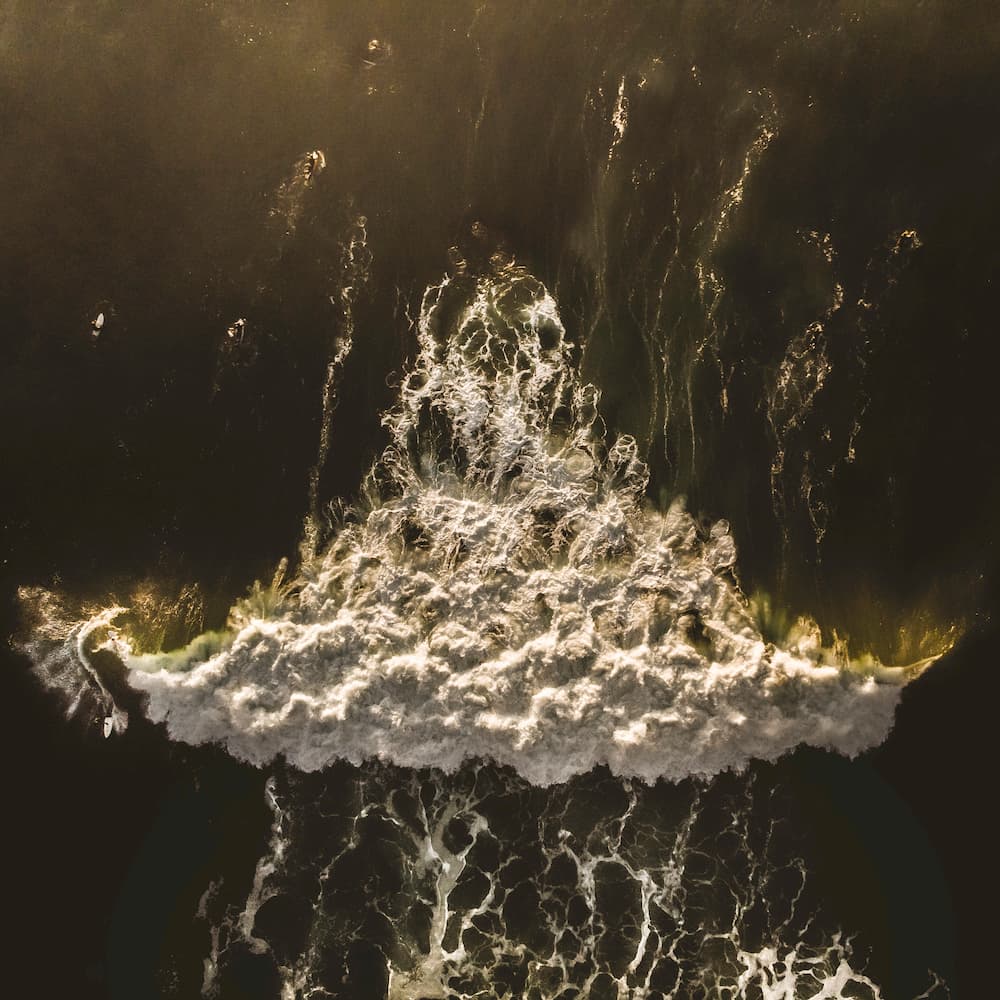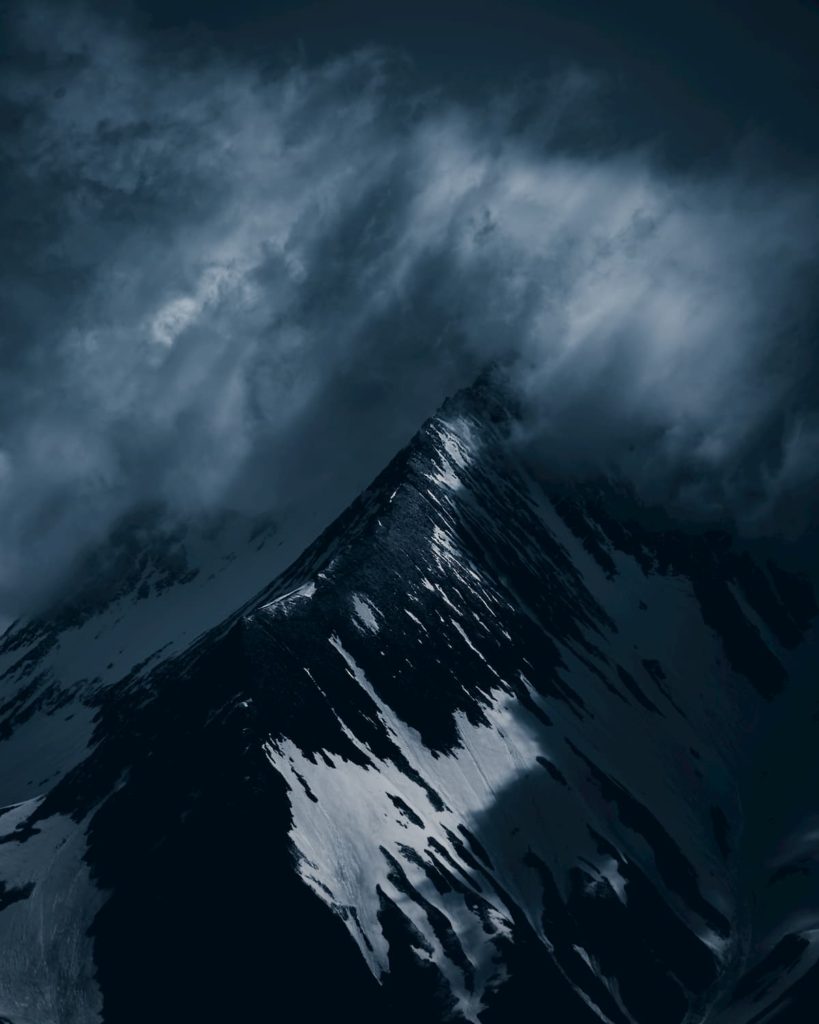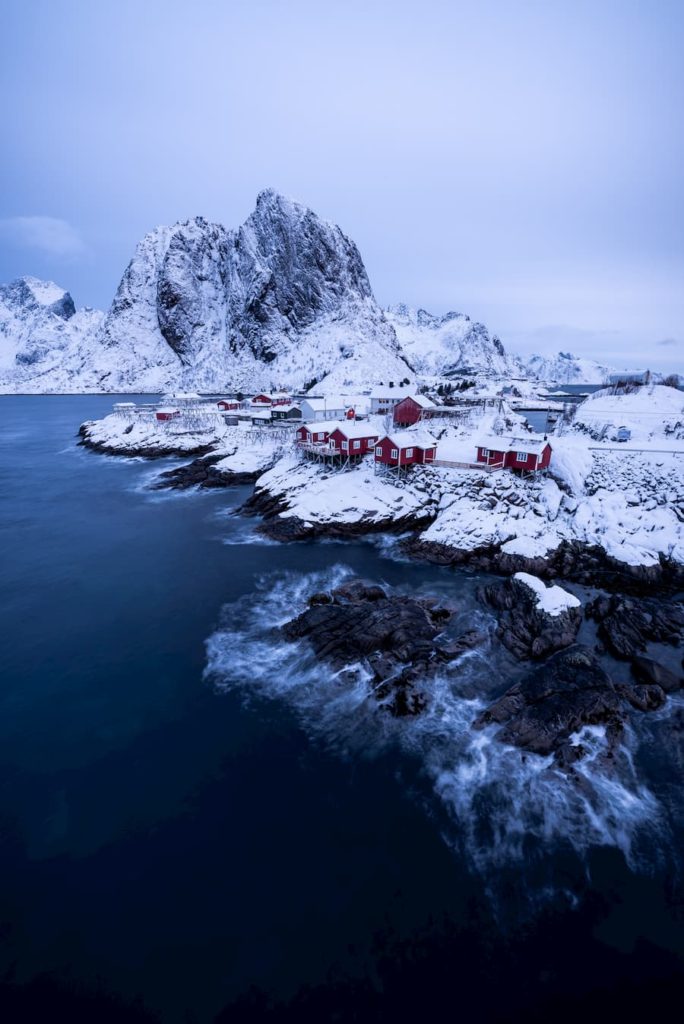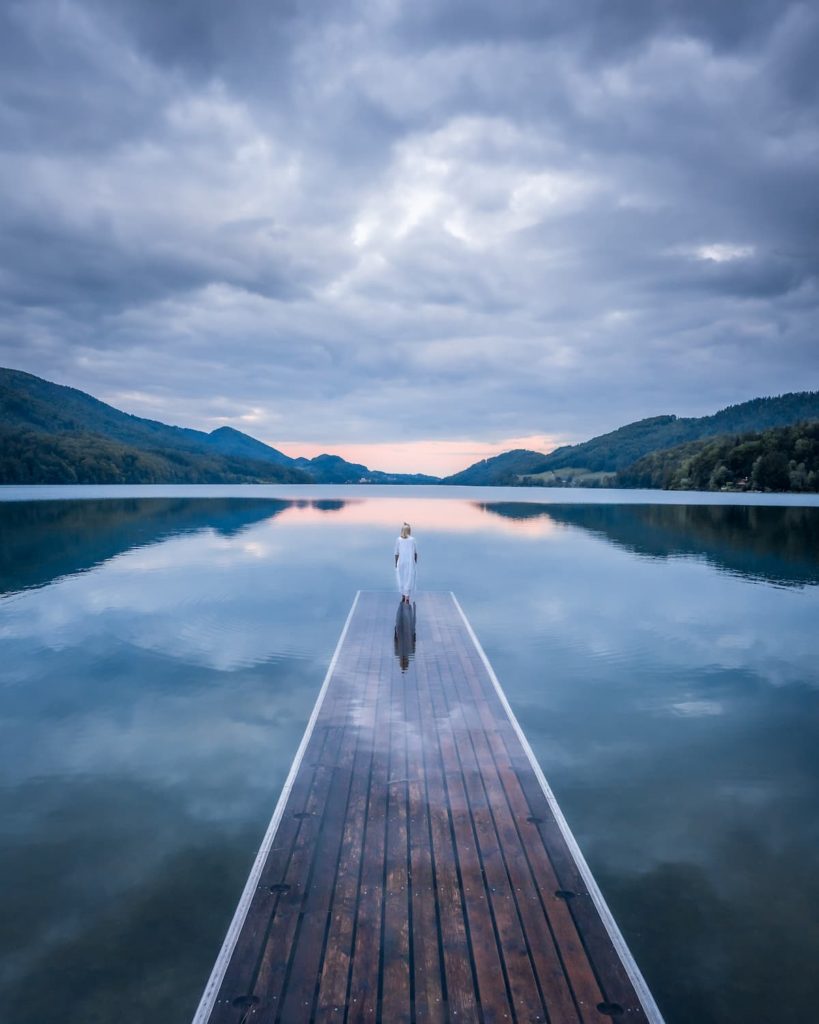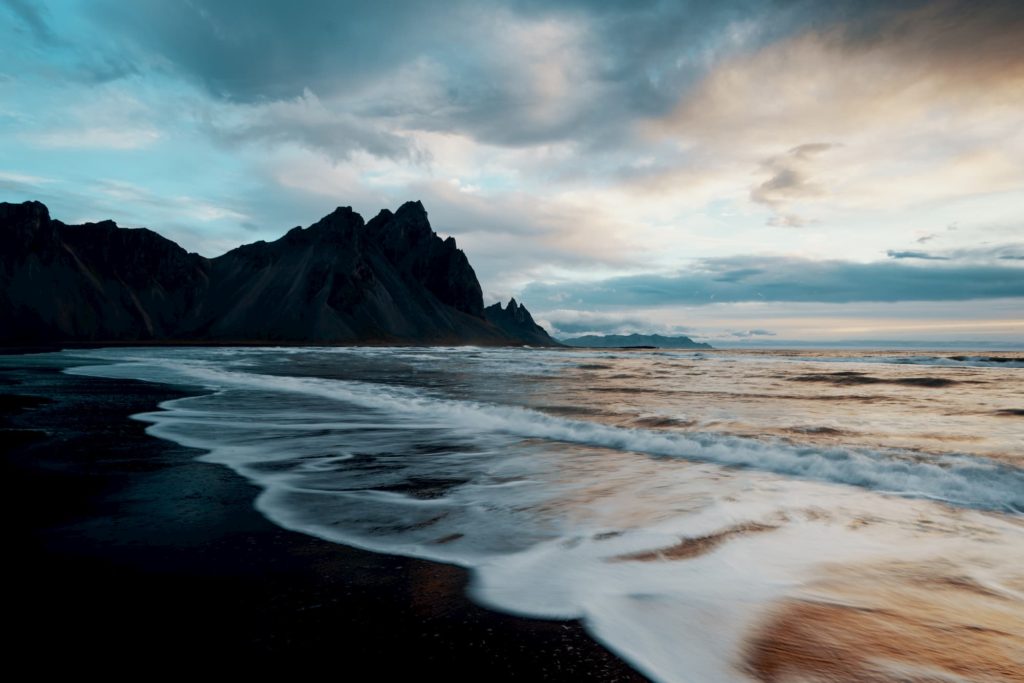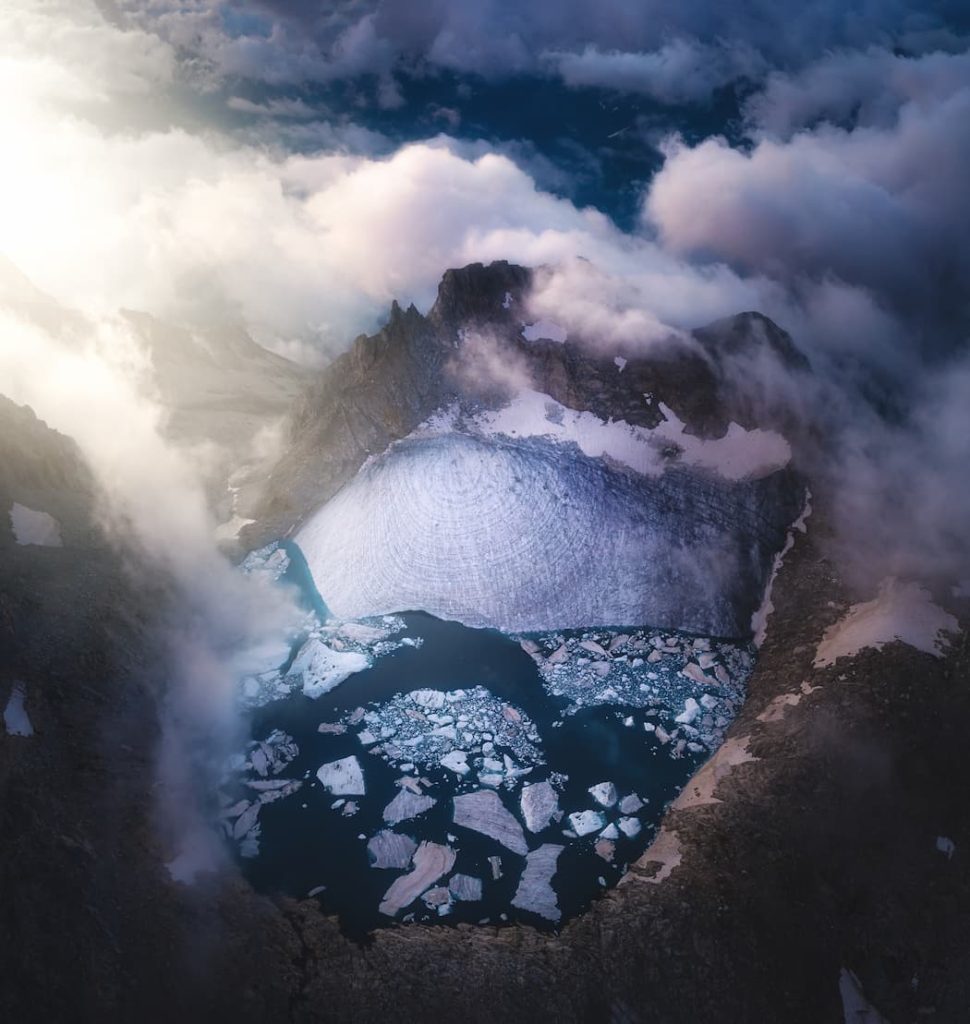
Constantinos Sofikitis
@c_sofikitis
Photographer based in Greece
Travel photography with an anthropocentric approach has caught my interest early on in my passion for photography. Observing people, how they move, how they stand in a space, how they react, how they “fill” a space with their aura has always been something that magnetized me. With photography you essentially trap a moment forever. The art of photography gives you in a way the ability to produce something timeless. It gives you the opportunity to turn the folklore of a place, the history, the words and the story of a person into an image.
"Visualizing emotions is what makes me have a human-centered orientation."
Being born and raised in Greece, I started an anthropological “investigation”, called Marabou, using my photography as the main research tool. Marabou is mainly focused on the Islands of Aegean. The Aegean probably chose me and not me. From a very young age I traveled to the Aegean islands and heard stories about pirates with mystical customs, and inconceivable stories from World War II. Those stories and experiences are etched in my memory.
"The Aegean is the beginning of an endless journey of curiosity and search."
The core of the Aegean is its people, and all their stories that compose the Aegean Sea. They are the people you meet by chance on the streets of the islands and yet your gaze is fixed on them, like every sign and line on their face reflecting their life on the islands. Miscellaneous people with a common characteristic; the love for their place, the passion for its preservation, and the effort and the mood for life!
"I hope that through this recording, people will have the opportunity to learn some of the most fascinating stories that, unfortunately, are in danger of being lost."
My goal is to visit all the little civilized islands of the Aegean. There are 78 in total and I visit them in sections. I have started with the Cyclades, the Northeast Aegean and I will continue with the Dodecanese and the Sporades. In many of these places I know people and stories and I start with them. Elsewhere I read books, newspapers and articles about the island and look for people to tell me some of these stories that are often part of them. Other times, especially in winter, I go to cafes where most seniors gather and sit with them listening to stories and asking them about their life adventures. It also happens that I set out on trips based on the festivities that take place at different parts on each island in an effort to better understand the way of life of the inhabitants in each place and the key rituals and festivities that are part of their culture.
Though whatever I do, the most important thing for me is to communicate with these people. This is necessary in order to be able to take a portrait of a person who is not familiar; I must first and foremost gain their trust. At the same time, I try not to create interview conditions so that the information that the interviewee will choose to share with me is voluntary, open, and does not refer to news or is based only on my own ideas. This can only be achieved if you dedicate time and have great respect for the hospitality and time of these people. So having spent a lot of time with them, the conversation is a natural continuation of our meeting and not based on a limited project. I am interested in the information that was not written anywhere.
So far I have met and talked to about 150 people from 28 islands. There are 50 more islands pending and about 300 more people I will try to meet. Each story is a historiography of the place and a psychograph of the storyteller. I remember vividly the meeting with Sosa. A woman close to 90 who has lived lots of adversity throughout her life. The most inhuman and violent scenes of the 20th century unfolded before her childish eyes.
"Nightmares arose inside her that made her sick and did not let her live."
German occupation, mass executions, rape, civil war, beheadings, deportations, colonialism in the Belgian Congo, hangings of innocent people, famine, exploitation… In her childhood soul, these events took on monstrous proportions and deeply injured her. From Ikaria, to Asia Minor, then to Arabia and from there to the Belgian Congo to end up as an immigrant in Germany. At the age of 33, she was almost blind and could see blurry things in a bloody darkness. She went to ophthalmologists and neurologists and did all the tests, but they could not find any explanation. It was not an organic disease, but a mental illness. With the long-term help of a psychiatrist, and through a painstaking “soul operation” and depth analysis the cleansing came and released the illness.
"An enchanted moment where darkness inside became light."
Throughout this arduous journey she had her violin and the writing that gave her the courage and strength to endure. Her latest book is named East, not because of the geographical direction but because of the sun that rises unconditionally and endlessly, and gives birth to light after the darkness, like what happened to her. Leaving her house, she told me: “It is worth living in this dark world, but you have to fight, take the darkness and transform it into light. To learn not to forget but to forgive and love.” This meeting became a compass for both the project and myself.
I try the portraits I photograph to reflect the personality I meet every time. To give an example of one portrait where I believe that I achieved this to a great extent, I would like to introduce you to Tamis, from the island Ikaria.
Despite working on the boats for 4,5 years and having lived for years in Athens, New York and Italy, he never understood and never adjusted to life in the city away from nature. In that regard, he said: “An unreal situation, artificial lights, metal, cement, plastic burnt objects you touch in modern homes.” Nothing could hold him back and keep him imprisoned.
"He now lives amongst the stars, in the stone-built house belonging to his great-grandfather on the island of Ikaria, filled with kindness, without windows, without doors, without anything confining him."
Oak trees, olive trees, flowers and plants, wild rocks and green soil from the rainfall – all in harmony, and Tamis is a serene part of this wholeness and a tireless symbol of clarity and wisdom. A spiritual soul who expects nothing because he is free. He wishes for a “resurrection” for everyone, the kind to happen not merely in the spring and at Easter but a daily rebirth – ethically, spiritually and physically.
"This portrait represents a special moment for me because it took place on the second island I went to and I felt that this image mirrors the life of this person."
With all the work that I do for this big project, I pay special attention to the photographic depiction of the environment in the portrait, which manages in a magical way to identify the respective personality while at the same time revealing stories about the protagonist of the image, the time they lived and the narrative of the island engraved in the lines of their face and profound look in their eyes.
The gathered material will be also utilized for the project’s presentation in periodic exhibitions in museums and galleries. The audiences that I am targeting concern all age groups with a special emphasis, however, on the young audiences. I will reach them through a modern structured album in terms of layout, through the videos and their reproduction on social media and at the exhibition. I wish for the people to experience the Aegean, to get to know the islands and their history, and learn about its people in the most virtuous and naturalistic way. I hope to instill a love of folklore through a creative and modern way of recording.
"My goal is the folklore approach of this project to be done in the most creative, but at the same time more correct way so that there is a commendable result worthy of the people of the Aegean. Of those people who are the real custodians of our history."
Photos, stories, music, video (documentary and episodes), print (a coffee table book)… All of this belongs to the “creative and correct” approach I have in mind. I am taking this seriously – I have a vision and a dream and I want it to come true. Creating a photo book alongside a feature-length documentary and smaller episodes of podcasts and Youtube videos for at least each 8-10 people photographed on about 80 islands in total makes this project very demanding indeed. This requires great discipline, patience and dedication. It also presupposes trust in the partners and companions I have on this journey. Without their valuable and decisive help in the texts, in the communication, in the music and in everything that is needed to carry out this whole idea, it would not have been possible to complete this project.
In this regard, I would like to mention the collaborators by name: Dimitris Sofikitis, Petros Sofikitis, Katerina Papapostolou, Tryfonas Klis, Marina Nikoletopoulos, Isabella Christodoulou, Argyris Valasiadis, Hermes Geragidis, Themida Sakellariou, Ismini Mauroidi, Katerina Papadopoulou, Nikos Kanellopoulos, Nikol Andriotaki, Iliana Alexandrou, Vassilis Goutis, The driving force and point of reference, however, is the source of inspiration I have, which is the speech and thought of a writer named Ioannis Tsatsaris.
Besides, I am grateful that this project is under the auspices of organizations such as the National Tourism Organization and the Greece 21 committee supported by the Ministry of Tourism, Culture and Interior as well as the region of South Aegean. I believe this is due to the fact that the stories and portraits of these people are part of modern Greek history. It is an oral folklore visualized through the portraits of people living in the Aegean.
I hope that through the promotion and communication tools that exist today, the project will be discovered by as many people as possible. My dream for the project however is not to become known for a while, but to travel the entire Greek community, to enter public libraries, museums and to be accessible to the most remote parts of the world so that the Aegean, which is a reference point for Greece, becomes known to future generations worldwide too.
My vision for this work is to fall into the hands of a young child after many decades, and this child to be able to perceive, through this body of work, the pulse of an era completely different from the one he or she is living at that very moment.
Would you like content like this sent to your inbox?
NOMADICT
ART GALLERY
THE LATEST STORIES
WRITEN WITH PASSION TO INSPIRE YOU

Photo tour in Azores, Portugal
Join us in the Azores for a unique photo tour, where you’ll elevate your creative skills with expert guidance from Ronald Soethje, Bruno Ázera, and Nomadict.

Forest Kai (@forest1kai): Photographer based in the US
In this article, Forest shares how years of chasing scale, silence, and raw landscapes shaped his approach to photography, from the deserts of Kazakhstan to the volcanic ridges of Iceland. He talks about how he uses light, texture, and vast negative space to create images that feel both intimate and overwhelming.

Simon Hechtbauer (@roamwithsimon): Best of the Week 32 at #nomadict
Simon shares the journey behind his photography, from early inspirations to field techniques, editing, and the story of the winning shot that shaped his path.

Miroslav Maršík (@miromarsik): Photographer based in Czech Republic
In this article, Miro shares how his love for cinematic music evolved into a deep passion for photography and how he uses light, color, and atmosphere to turn the streets of Prague into living film scenes.

Aurora photography panorama workflow: A guide to camera settings, editing, and color
In this article, Stefanie reveals how her background in physics sparked her passion for astrophotography and how she blends science with creativity to capture the beauty of the night sky. Readers will discover her approach to color, contrast, and editing, as well as her aurora photography workflow.

Yhabril (@yhabril): Best of the Week 33 at #nomadict
Spanish photographer Yhabril captures the profound connection between humans and the mountains that shaped him. Growing up in the Pyrenees, his work bridges outdoor sports, landscapes, and celestial scenes — often blending athletes, moonlight, and wilderness into striking visual stories.

Ariane Totzke (@besondersschwierig): Photographer based in Switzerland
In this article, Ariane shares how photography helped her navigate personal challenges, connect authentically with people and animals, and develop a philosophy rooted in empathy and artistic freedom. Readers will also discover her ethical approach to wildlife photography and her trusted equipment for both camouflage techniques and cameras.
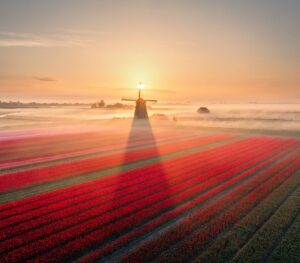
How to photograph Dutch tulip fields: A guide to light, gear, composition, and colors
Discover how to photograph Dutch tulip fields in their most magical light. From choosing the right gear and lenses to mastering composition, color, and aerial perspectives, this guide shares creative techniques to capture the beauty of the Netherlands’ tulips. Learn how light, color grading, and proportion bring emotion into every frame.
